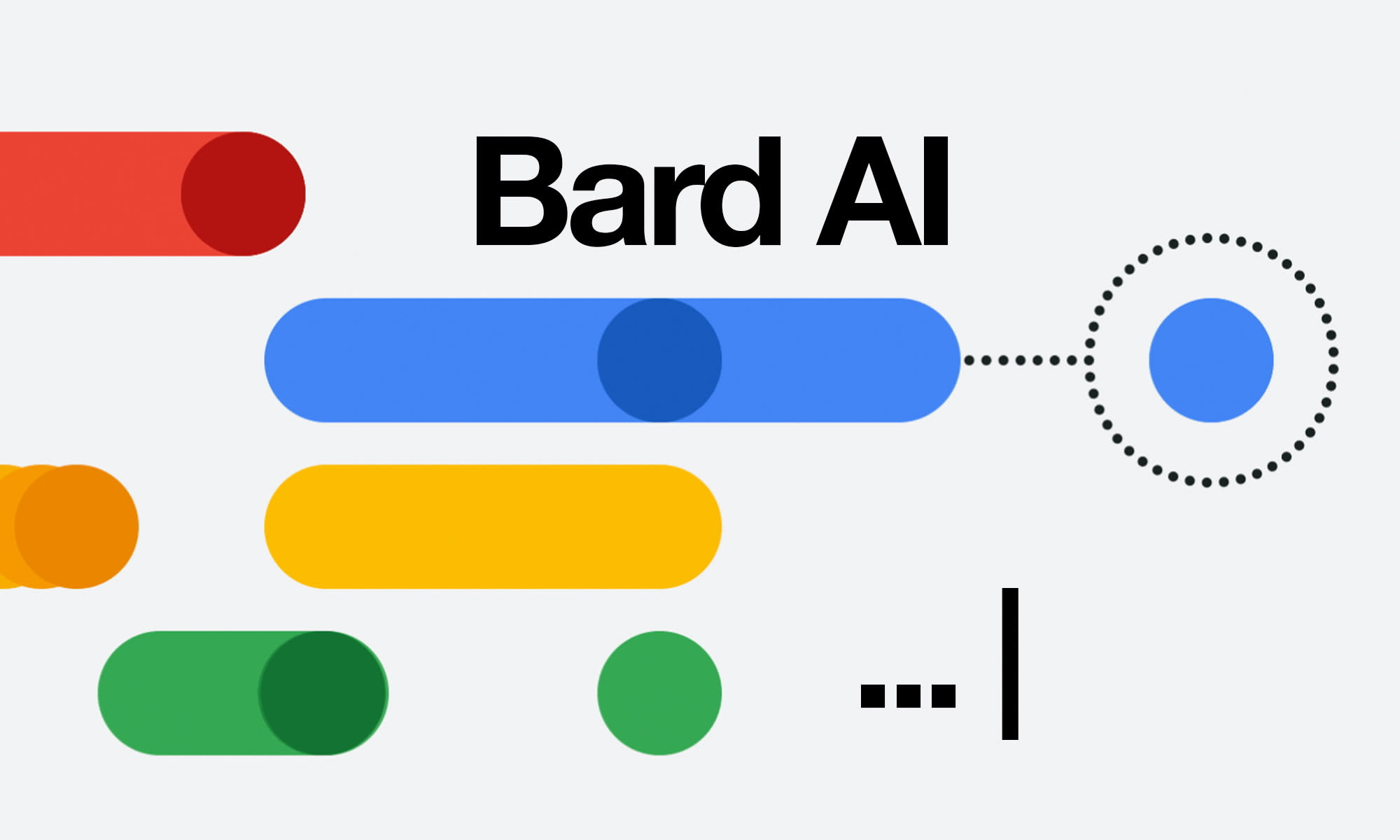Bard AI: The New Conversational AI Chatbot from Google
Google Bard is a new chatbot tool launched in the wake of all the buzz around generative AI, like ChatGPT. Bard is designed to simulate conversations with a human and …
The role of technology in the world of art and creativity has come a long way since the invention of the printing press. With the advent of computers and machine learning, the possibilities for creative expression have expanded exponentially. One of the most exciting developments in recent years is the emergence of AI-powered creativity. One area where this is particularly evident is in the field of music, where we have seen the emergence of a new kind of artist: the Bard AI.

What is Bard AI?
Bard AI is a term used to describe AI algorithms that are capable of composing music. These algorithms use machine learning techniques to analyze vast amounts of data, including music from a variety of genres and eras, to generate new music that is both original and aesthetically pleasing. These algorithms can be trained to mimic the style of a particular composer or even to create music that is completely new and unique.
How does Bard AI work?
Bard AI algorithms work by analyzing large datasets of existing music. They use machine learning techniques to identify patterns and structures in the music, such as chord progressions, melodic motifs, and rhythmic patterns. Once the algorithm has analyzed enough music, it can begin to generate new compositions based on these patterns and structures.
There are a variety of different approaches to Bard AI, each with its own strengths and weaknesses. Some algorithms are trained using supervised learning techniques, where the algorithm is provided with a dataset of pre-existing music along with annotations that identify the various musical features present in each piece. Other algorithms use unsupervised learning techniques, where the algorithm is simply presented with a large dataset of music and must identify patterns and structures on its own.
One of the most exciting aspects of Bard AI is its ability to generate music in real-time. This means that the algorithm can create music on the fly, responding to changes in the environment or to user input. This opens up a whole new world of possibilities for live performances and interactive installations.
Applications of Bard AI
Bard AI has a wide range of potential applications in the world of music and beyond. Here are just a few examples:
Film and TV music: Bard AI algorithms can be trained to create music that fits specific moods or themes, making them ideal for use in film and television soundtracks.
Video game music: Bard AI can create dynamic music that responds to changes in the game environment, providing a more immersive experience for players.
Music education: Bard AI can be used as a teaching tool, allowing students to explore different musical styles and structures in a hands-on way.
Live performances: Bard AI algorithms can generate music in real-time, allowing for interactive performances where the audience can influence the music being created.
Challenges and limitations of Bard AI
While Bard AI holds enormous promise, there are also significant challenges and limitations that must be addressed. One of the biggest challenges is the need for large amounts of data to train the algorithms. This data must be carefully curated to ensure that it represents a diverse range of musical styles and structures.
Another challenge is the need for algorithms to generate music that is both original and aesthetically pleasing. This is a subjective criterion that is difficult to define and quantify, making it challenging to evaluate the quality of the music produced by Bard AI algorithms.
Finally, there are also ethical and legal considerations that must be taken into account when using Bard AI algorithms. For example, there is the potential for copyright infringement if the algorithms generate music that is too similar to existing compositions.
Conclusion
Bard AI represents an exciting new frontier in the world of music and creativity. These algorithms have the potential to revolutionize the way we create and experience music, opening up new possibilities for expression and interaction. However, there are also significant challenges and limitations that must be addressed in order for Bard AI to reach its full potential